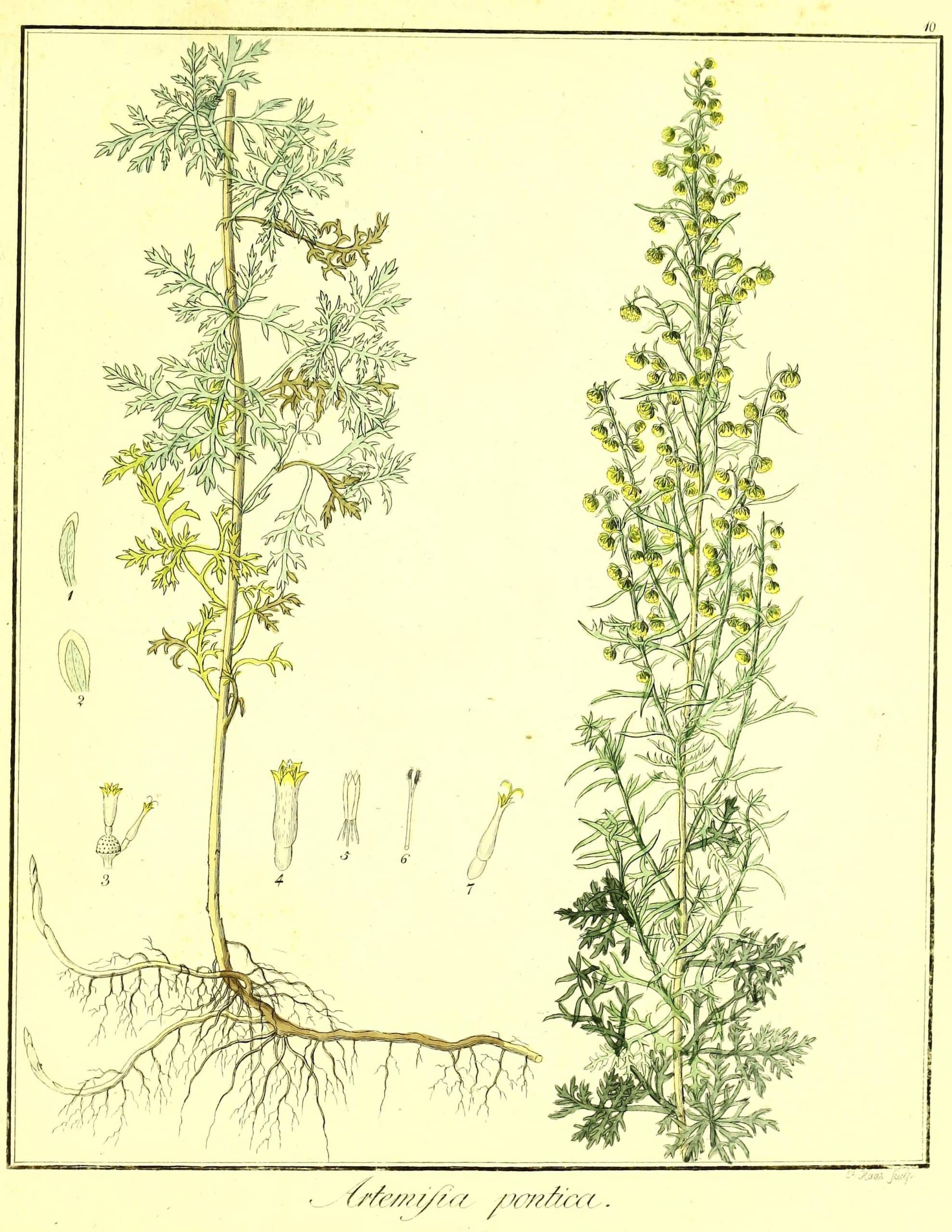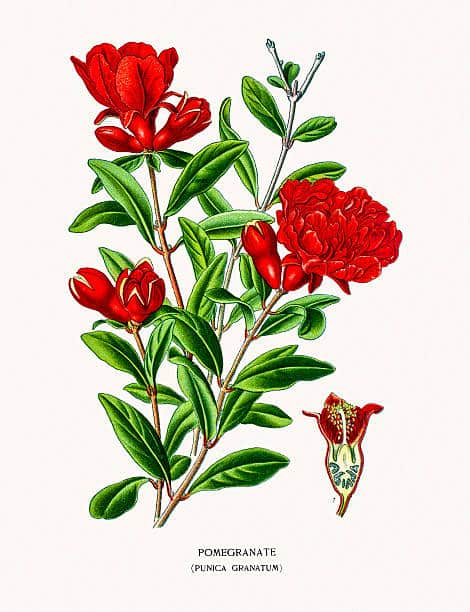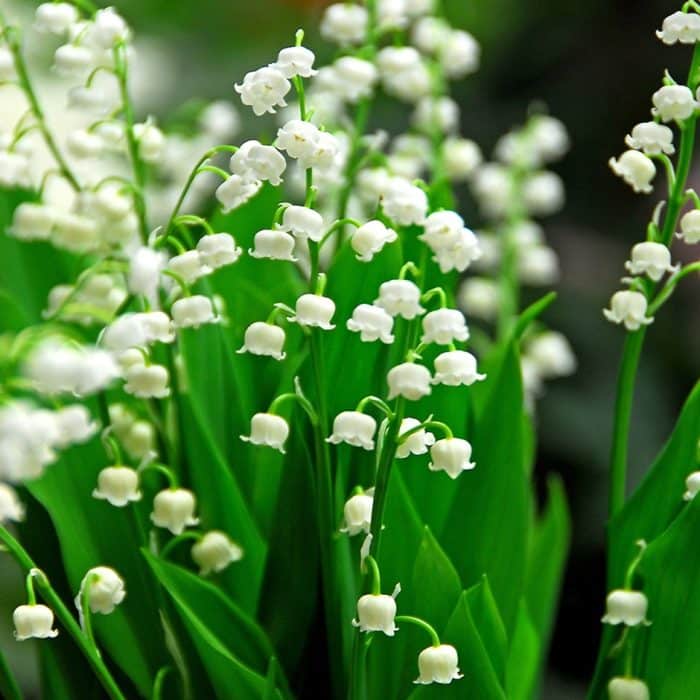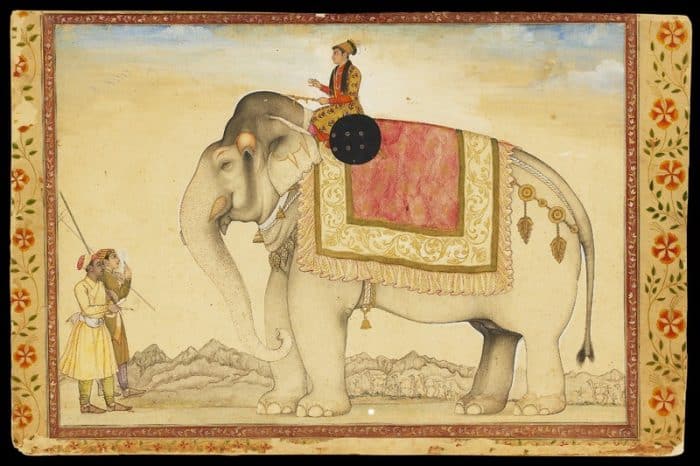Roman Wormwood – Artemisia pontica
Artemisia pontica, the Roman Wormwood or Small Absinthe, is a lesser known cousin of Grand Wormwood and the preferred herb used in the production of absinthe and vermouth. Originating in southeastern Europe (the specific name refers to the Pontus area on the shores of the Black Sea). It is naturalised over much of Eurasia from France to Xinjiang, and is also found in the wild in northeastern North America. It is called Little or Small Absinthe because it is smaller in stature and leaf than the Grand Absinthe (Artemisia absinthium) also known as Grand Wormwood. It grows as a rhizomatous...
Red Poppy Petals – Papaver rhoeas – Traditional Herbal Uses
Papaver rhoeas from which Red Poppy Petals are obtained are also called the Common Poppy, Corn Poppy, Corn Rose, Field Poppy Flanders Poppy or just Red Poppy is an annual herbaceous species of flowering plant in the poppy family, Papaveraceae. This poppy is commonly thought ofas an agricultural weed (hence the common names including “corn” and “field”) but after World War I, The Great War, as a symbol of armistice and remembrance (but not in all countries) Traditional Uses for Red Poppy Petals:- The flowers of the corn poppy have a very long tradition of medicinal usage, especially for ailments...
Pomegranate Flowers – Punica granatum – Traditional Herbal Uses
Pomegranate Flowers (Punica granatum) can have a beneficial effect for overall general health. The tree will bloom abundantly although little blossom will set fruit in cooler climes and blossom fall is common, however the flowers are generally sun dried and then the blossoms can used to make a herbal tea. A tea made from the flowers is generally believed to be beneficial for specific cardiac health, to reduce the symptoms of diabetes and good for general health. The flowers have astringent effects and can be used to help prevent acne. A toner or face pack made using the flowers is...
Lily of the Valley Herb – Convallaria majalis – Traditional Herbal Uses
Lily of the Valley (Convallaria majalis) is a deliciously and sweetly scented but highly toxic woodland (therefore partial shade loving) flowering plant. It is a native throughout the cool and temperate Northern Hemiphere in Asia, and Europe. all plant parts are toxic including the red berries that it sometimes forms after flowering It is also know as May lily, May bells, and Muguet (in French) and in Christian folklore, as Our Lady’s tears or Mary’s tears Lily of the Valley Leaves Uses:- It is primarily used to treat the heart. It is a cardiovascular herbal remedy which has been known...
What is an Attar?
The word Attar is derived from the Hindu/Urdu word Ittar which in turn derives from the similar Persian word for Perfume, Itar, and is an essential oil derived from botanical sources usually blended with a wood oil like, but not always, Sandalwood. Most commonly these oils are extracted via hydro or steam distillation. They can also be expressed by chemical means but generally natural perfumes which qualify as Attars are distilled with water. The term is mostly used in the Middle East and India nowadays instead of the term essential oils but historically an Attar was very different. Attar oils...
CO2 Extraction – what is it?
CO2 Extraction (sometimes called Hypercritical or Supercritical carbon dioxide extraction) is a relatively new process used to extract the very purest essence of a plant. Whilst essential oils from plants are usually extracted using heat distillation which is, in itself, a destructive process, CO2 Extraction uses only low or high pressure which means the complexities of the oil's constituents are preserved. When high pressure is applied to CO2 (carbon dioxide) the gas acts like a liquid. This liquid CO2 can be used as a quite inert and very safe solvent which, when pumped into a chamber containing plant material will...
What is Essiac Tea
This article in no way endorses the efficacy of the eventual recipe but is presented for educational and historical purposes only for those interested in what Essiac Tea is. Essiac Tea was discovered by the nurse Rene Caisse ( The name Essiac is simply her name spelt backwards). She had the recipe given to her by an English woman who told her that in a meeting with a First National (Amero Indian) Shaman several years before she had been given to believe that a recipe of common-ish herbs taken as a tea regularly would stop or alleviate cancer. Rene Caisse...
What is an emmenagogue?
An emmenagogue is a herb or plant material which stimulates blood flow from the uterus. The strongest of them will help stimulate and regulate menstrual flow such as in hormonal disorders or those who suffer from irregular or light menses. The strongest can also be considered arbortificents which may well stimulate a miscarriage so they should be used with attention and care although you would have to ingest a very large quantity to induce a miscarriage. Emmenagogues should never be used whilst pregnant for obvious reasons. Each of the herbs is generally made into a tea and drunk a couple...




